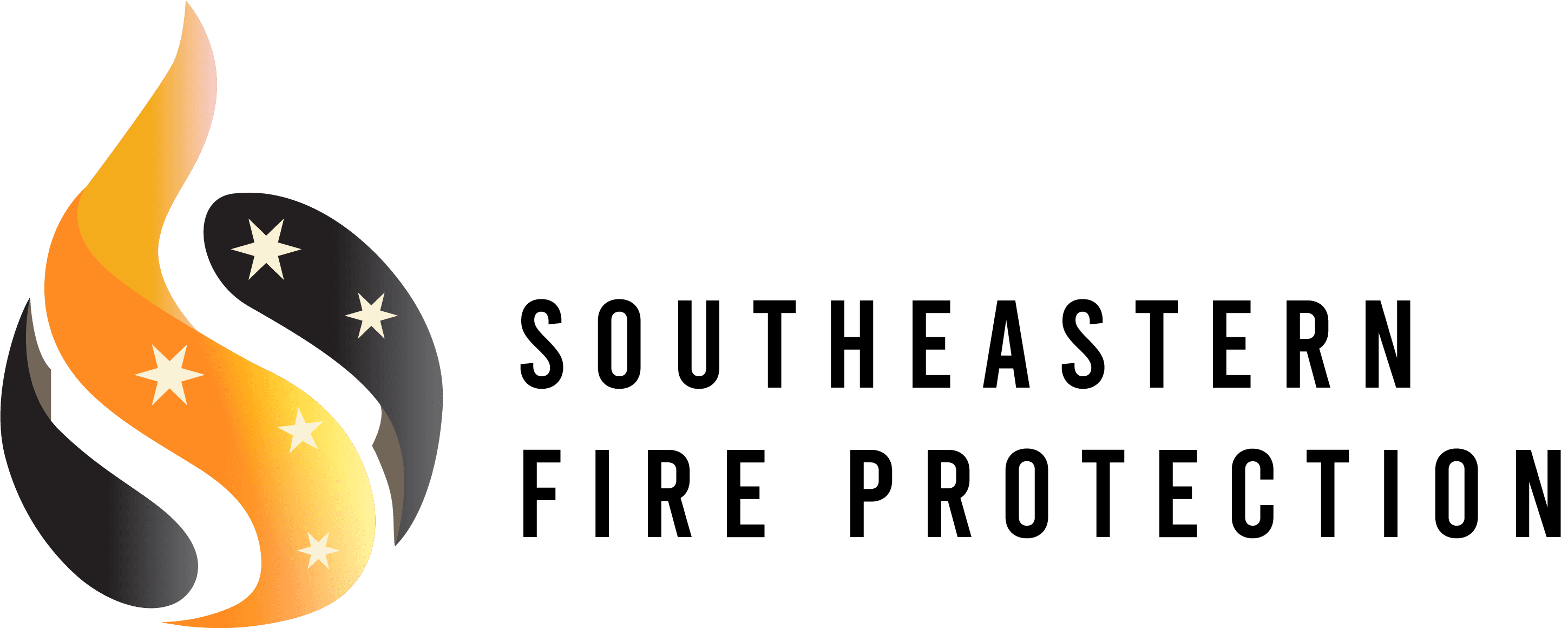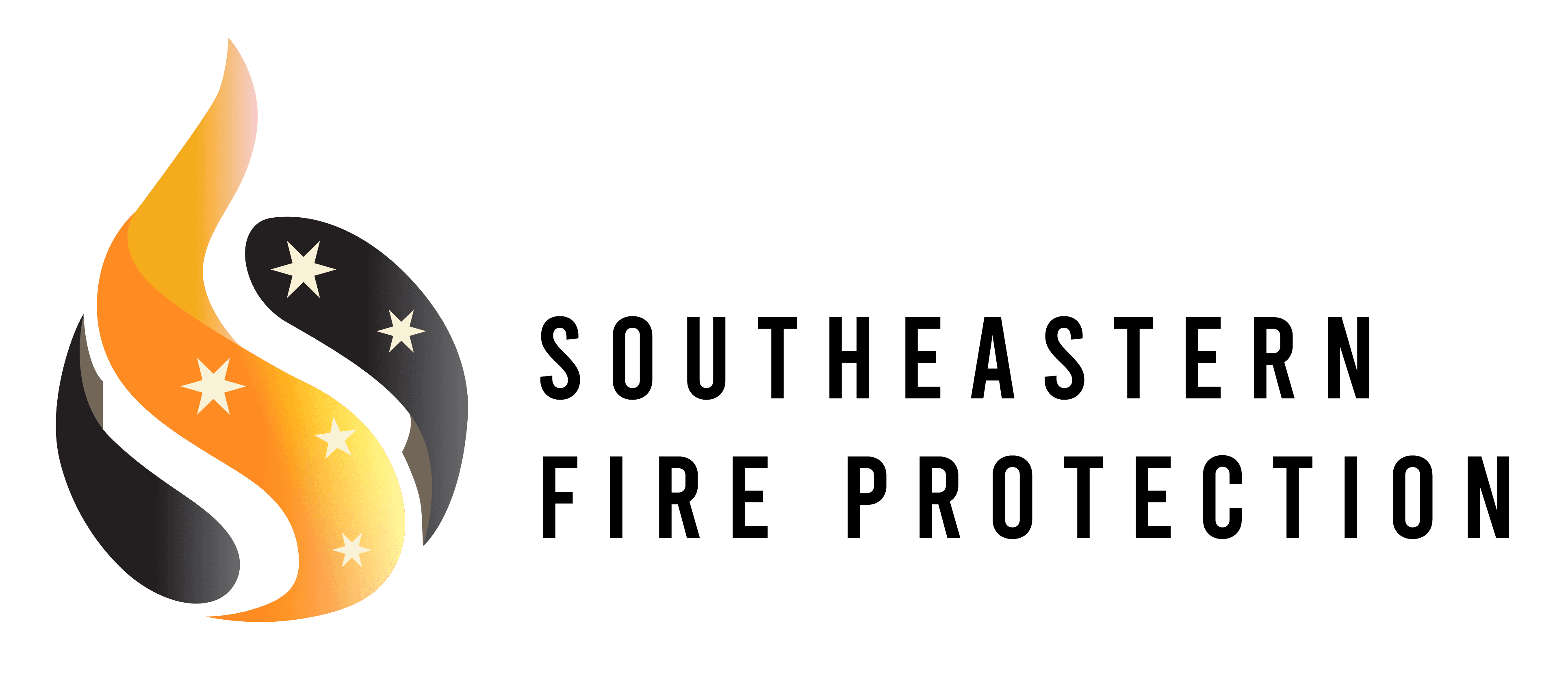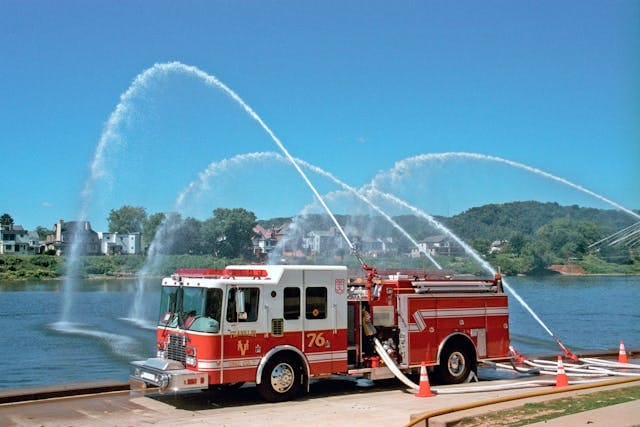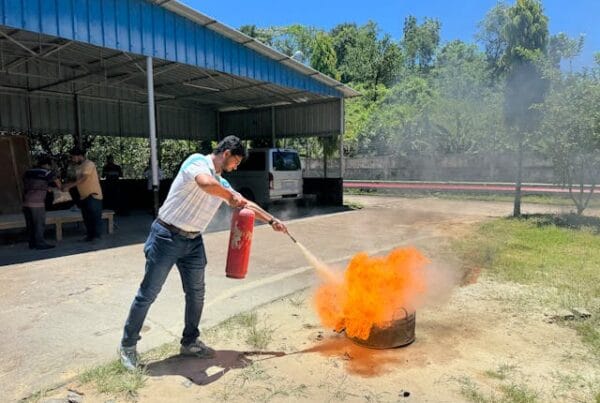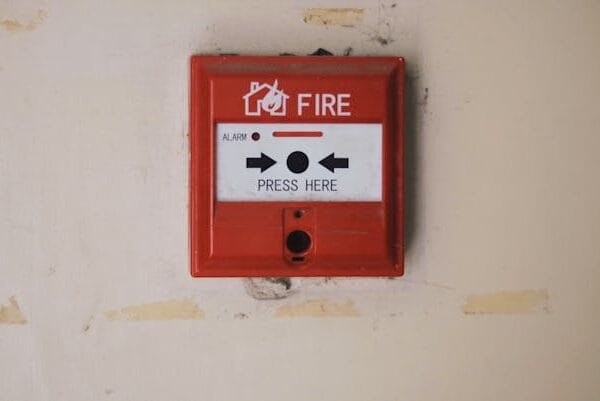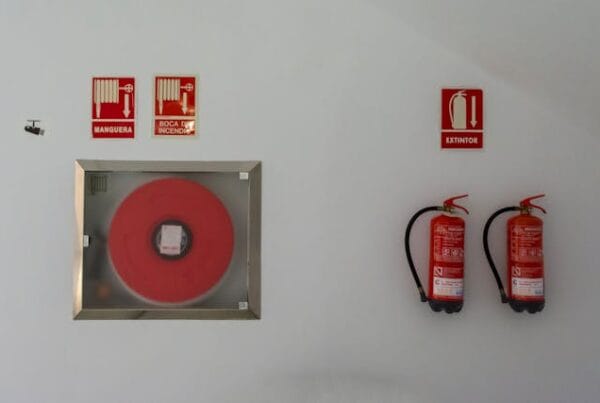Clean agent fire suppression systems represent the pinnacle of fire protection for critical environments where water, foam, or dry chemicals would cause as much damage as the fire itself. These systems use gaseous agents to extinguish fires quickly and effectively without leaving any residue, conducting electricity, or requiring costly cleanup. For businesses with irreplaceable assets like data centers, control rooms, museums, or medical facilities, a clean agent system is not a luxury—it’s an absolute necessity. At Sefirepro, we specialize in designing and installing these advanced systems to protect your most valuable assets.
Imagine a small fire starting in a server rack. A traditional sprinkler system would extinguish the fire, but the water would destroy millions of dollars worth of servers, causing catastrophic data loss and business downtime. This is the exact scenario that clean agent systems are designed to prevent. They extinguish the fire while leaving your sensitive equipment completely unharmed and operational.
How Do Clean Agent Fire Suppression Systems Work?
Unlike sprinklers that cool a fire, clean agent fire suppression systems work by disrupting the “fire triangle” at a chemical level or by displacing oxygen. The process is swift and automated:
- Detection: Highly sensitive smoke detectors, often using an air-sampling system (VESDA), detect the earliest traces of smoke, long before a fire becomes visible.
- Alarm: The fire alarm control panel triggers a pre-alarm, alerting personnel and allowing for investigation. If confirmed, a manual activation or a secondary detector confirmation will initiate the discharge.
- Discharge: The control panel sends a signal to the agent storage cylinders. The gaseous agent is released through a network of pipes and fills the protected space, typically reaching its full concentration in 10 seconds or less.
- Extinguishment: The agent extinguishes the fire rapidly at its source.
Common Types of Clean Agent Fire Suppression Systems
There are two primary categories of agents used in clean agent fire suppression systems. Choosing the right one depends on the application, budget, and environmental considerations.
1. Halocarbon Agents (e.g., FM-200™, ECARO-25®)
These agents are chemical compounds that extinguish fires by absorbing heat, which breaks the chain reaction of the fire.
- FM-200™ (HFC-227ea): For years, this has been the most widely used clean agent. It is safe for occupied spaces, effective, and requires minimal storage space for its cylinders. It’s a trusted solution for thousands of facilities.
- ECARO-25® (HFC-125): Similar to FM-200 but often requires a slightly higher concentration. It is also safe for humans and highly effective.
2. Inert Gas Agents (e.g., Inergen®, Argonite®)
These systems use a blend of naturally occurring gases (like nitrogen, argon, and a small amount of CO2) to reduce the oxygen level in a room to a point where fire cannot be sustained (below 15%), but humans can still safely breathe and evacuate.
- Inergen®: A popular inert gas blend that is environmentally neutral (zero ozone depletion potential, zero global warming potential).
- Advantages: No environmental impact and no risk of thermal decomposition byproducts.
- Disadvantages: Requires a significantly larger number of storage cylinders compared to halocarbon agents, meaning a larger storage footprint.
3. The Next Generation: Novec™ 1230 Fluid
3M™ Novec™ 1230 Fire Protection Fluid is a revolutionary chemical agent that is stored as a liquid but discharges as a gas.
- Key Benefit: It has the highest margin of safety for human occupancy and boasts an outstanding environmental profile, with a global warming potential of just 1 (compared to 3220 for FM-200). As SFP is a forward-thinking company, we keep up with the latest technologies; learn more at our blog.
Where Are Clean Agent Systems Essential?
The primary application for clean agent fire suppression systems is in protecting high-value, sensitive, or irreplaceable assets.
- Data Centers & Server Rooms: To prevent data loss and downtime.
- Telecommunication Facilities: To protect critical communication infrastructure.
- Museums & Art Galleries: To save priceless artifacts from fire and water damage.
- Medical Facilities: To protect MRI rooms, labs, and sensitive diagnostic equipment.
- Industrial Control Rooms: To ensure the continuous operation of manufacturing and power generation plants.
- Bank Vaults & Financial Centers: To protect records and currency.
Conclusion: Protect Your Irreplaceable Assets with Sefirepro
If a fire in your facility would be devastating, but the cleanup from a traditional fire suppression system would be just as bad, then you need to invest in a clean agent fire suppression system. The upfront cost is higher than a sprinkler system, but it pales in comparison to the potential loss of data, assets, and operational continuity.
The team at Sefirepro has the expertise to assess your facility’s unique risks and design a clean agent system that provides total protection. From initial consultation to final commissioning, we are your trusted partner. Visit our homepage at https://sefirepro.com/ to learn more about our advanced solutions.
